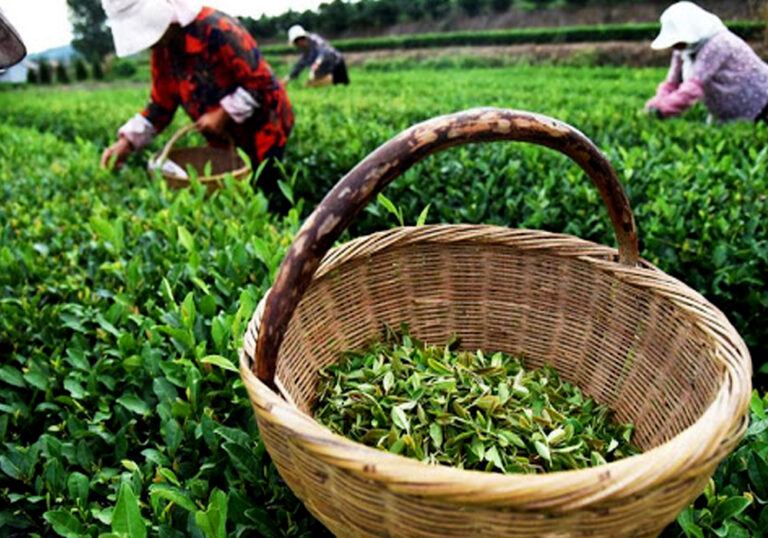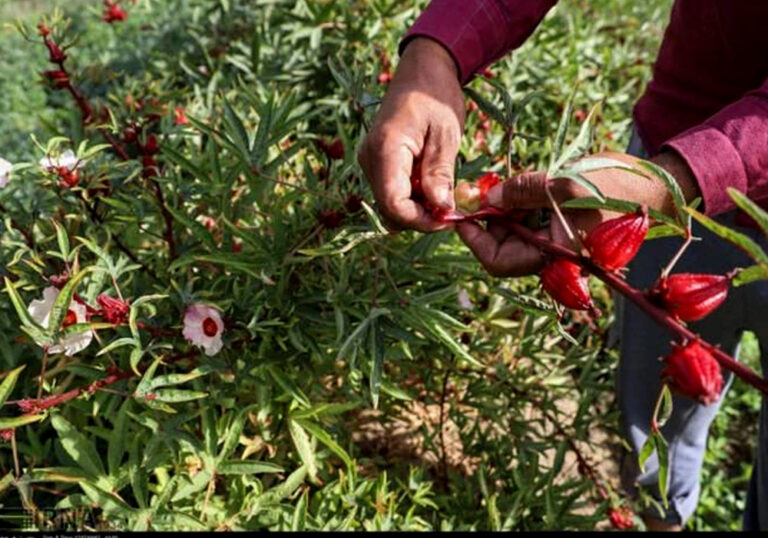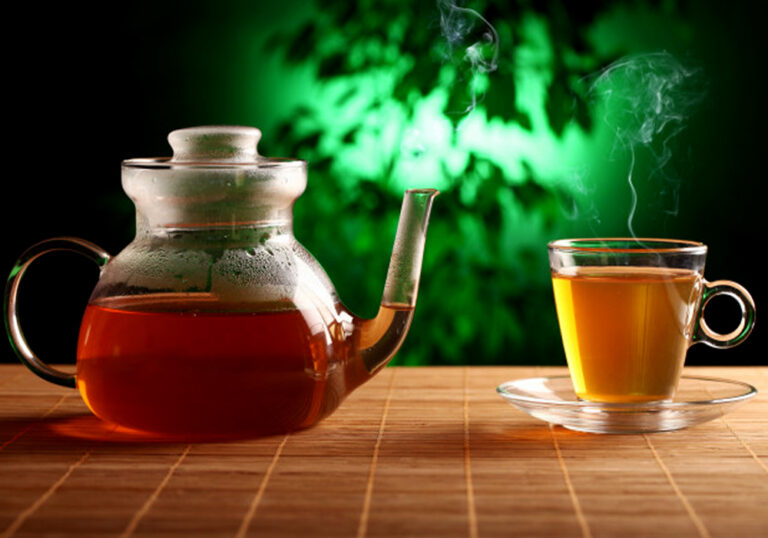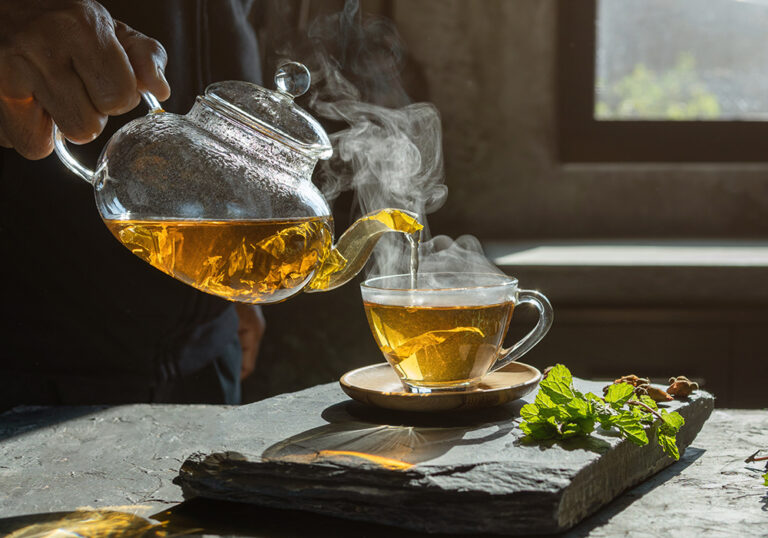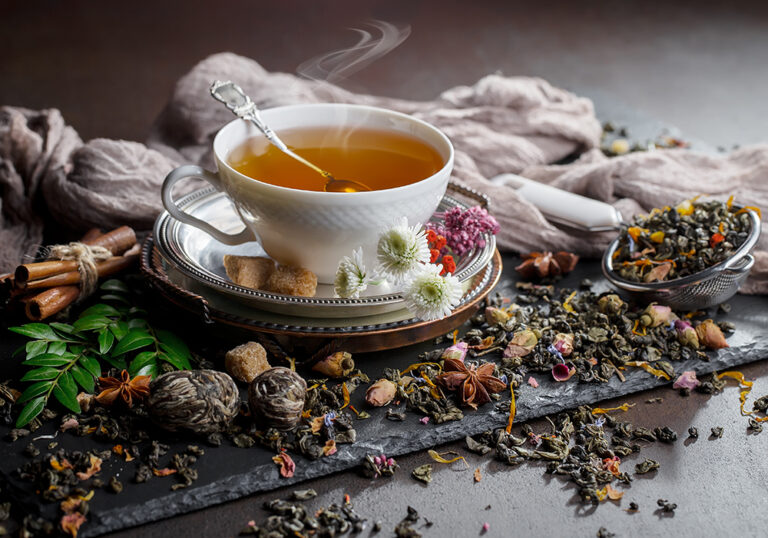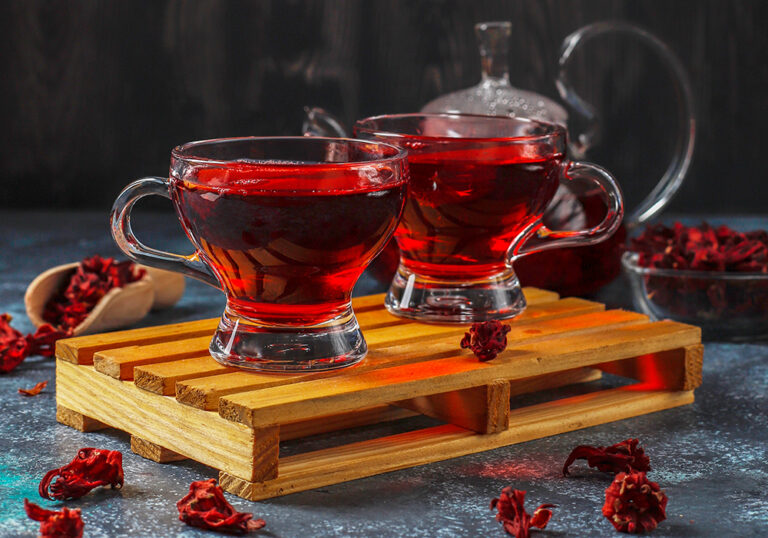Black tea production method
- Author: webmaster
- Learn more
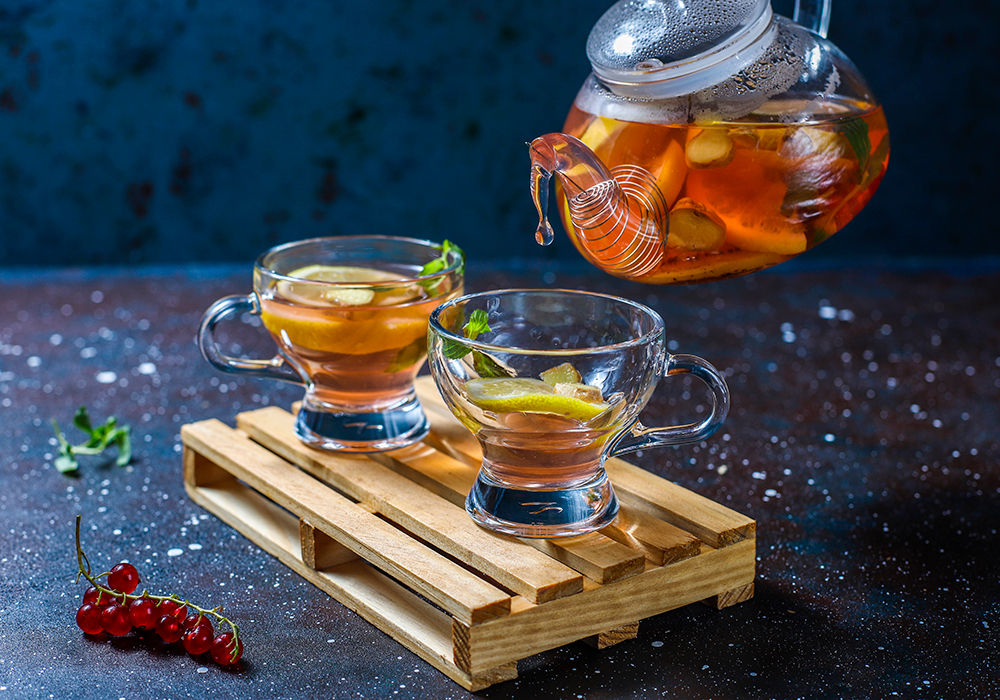
Black, green, oolong and white teas are all obtained from the same plant and tea bush called Camellia Sinensis, and their difference lies in the process and method of production of each.
In this article, we intend to explain to you how black tea is prepared and produced and through what processes Iranian Sargol tea, Mumtaz tea, Qalam tea and other types of Iranian tea can be produced.
The process of producing black tea in the world is done in 2 different ways.
Orthodox or official method
C.T.C or informal method
In our beloved country, Iranian tea is produced officially and orthodoxly, and a small amount of C.T.C tea is also imported from India and Kenya. Orthodox and C.T.C teas, apart from the process, are also different in appearance and characteristics. Orthodox black tea has elongated and twisted leaves, and C.T.C black tea has round and spherical leaves.
Orthodox Tea Processing
In this tea processing method, green tea leaves go through 5 different stages to become black tea.
1. The wilting stage
The wilting process of green tea leaves begins immediately after they are harvested and picked. In the first stage of the black tea production process, the tea leaves are transferred to large containers called troughs using a conveyor belt to accelerate the wilting process. The purpose of this stage is to reduce water and wilt the leaves, and the chemical changes in the tea leaves also begin at this stage.
During this stage, the leaves are exposed to cold and hot winds for about 12 hours, and if necessary, up to 24 hours depending on the conditions, and the water in the leaves is reduced by 20 percent. Withering prevents them from breaking during the next stage, which is rubbing.
Also, this stage in tea factories is usually carried out on the top floor of the factory and separately from the rest of the stages, and then the wilted leaves are transferred to the rubbing machine on the bottom floor of the factory using containers.
2. Rubbing stage
In this stage, the green tea leaves, after wilting and losing some of their water, are rubbed using special machines to break down the tea leaf cells and extract the tea extract, and the tea is ready to enter the next stage, the fermentation stage.
In the first step, the tea leaves are rubbed for 25 to 35 minutes according to the expert’s opinion, and then using a conveyor and a mesh (sieve device), the small leaves are separated from the large leaves, and the small leaves enter the next stage, which is fermentation, and the large leaves are returned to the machine for rubbing again. Also, in some cases, the tea may be rubbed 3 times.
In addition to the changes in appearance of the tea, which causes the tea leaves to curl, this stage also leads to the release of some substances in the tea, which cause the tea to ferment and are also effective in the aroma, flavor and quality of the tea.
3. Fermentation Stage
After rubbing, it is time for the fermentation stage, in which chemical reactions occur within the tea and the green tea leaves turn into black tea, and its color gradually changes from green to black. For fermentation, the tea leaves are placed in baskets and exposed to the air, and according to the expert’s opinion, the leaves are fermented for between 2 and 3 hours. The longer the fermentation time, the more color is added to the tea and the quality of its aroma and flavor is reduced to some extent. Also, for making oolong tea, the fermentation time is shorter and, like black tea, fermentation does not take place completely.
4. Drying stage
After fermentation, to stabilize the characteristics and quality of the tea and stop fermentation and chemical reactions, the tea enters the drying machine to reduce its moisture content by heat and dry the tea. This stage occurs in a multi-layer drying machine, where the moisture content of the tea decreases to 5-6% after 25 to 30 minutes. This is the last stage of physical and chemical changes on the tea leaf.
5. Sorting stage
After the fourth stage, the tea enters the final stage for classifying and separating different types of tea to separate the tea in terms of coarseness and quality. In this stage, premium tea, pen tea, broken tea, gunpowder tea, and wood and tea dust are separated from each other. Because each of these teas has its own aroma and flavor and also differs in terms of quality and price.
Also, recently, devices called laser devices have entered the country that separate the tea from the tea leaves based on “color” and give us a uniform tea. However, many experts believe that completely separating the tea leaves from it reduces the aroma and flavor of the tea.

